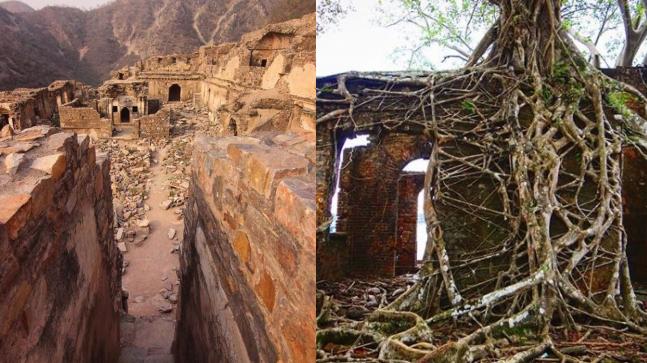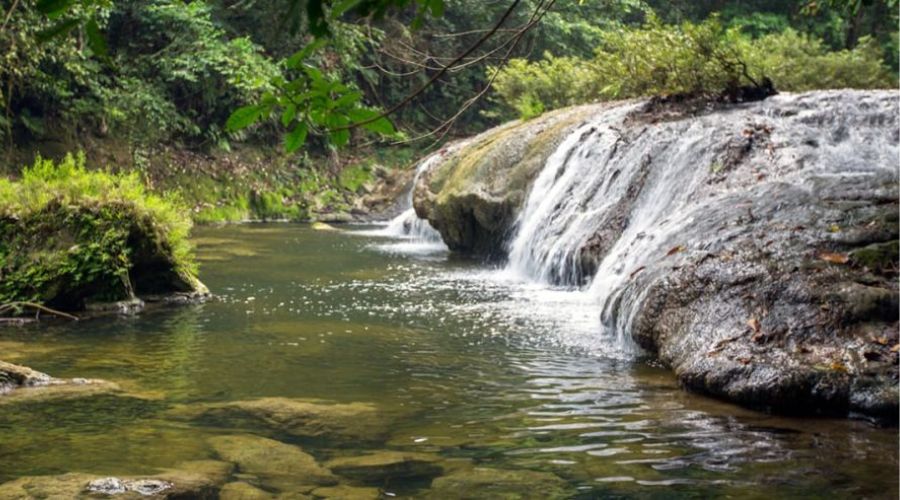Blog Details
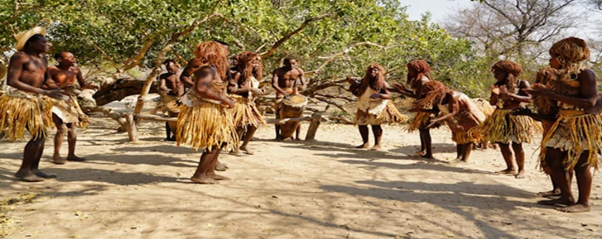
Unique Traditions of the Andaman Tribes: Culture & Heritage
The Andaman and Nicobar Islands, nestled in the turquoise embrace of the Bay of Bengal, are more than dreamy beaches and lush rainforests. They are living museums of ancient traditions and resilient cultures, guarded fiercely by the islands' indigenous tribes. Despite facing tremendous pressure from modern influences and encroaching development, the Andaman tribes have preserved their unique customs, spiritual practices, and harmonious ways of life—offering rare glimpses into a world untouched by time.
Let’s embark on a journey to discover the fascinating traditions, rituals, and daily rhythms that make the Andaman tribes among the world’s most intriguing human communities.
The Indigenous Tribes of Andaman: An Overview
The Andaman Islands are home to a handful of distinct tribes, each with its own language, customs, and beliefs. The major ones include:
· Great Andamanese
· Onges
· Jarawas
· Sentinelese
· Nicobarese (primarily in Nicobar Islands)
· Shompens
While contact is restricted (and in some cases, prohibited) to protect many tribes, their traditions and stories continue to echo across the islands, blending mystery with raw cultural authenticity
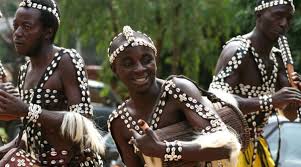
Spirituality and Belief Systems: Life Guided by Nature
Animistic Worldview
Most Andaman tribes practice a form of animism—a deep reverence for nature where every tree, river, animal, and rock is imbued with spirit. Ancestor worship is common, and many rituals are aimed at pleasing nature spirits to ensure harmony and survival
Sacred Myths & Legends
Myths shape these communities. For instance, Andamanese folklore suggests the first humans emerged from bamboo or clay, and tales of floods, creation, and taboos (such as “Puluga’s law”) guide ethical and communal behavior.
Medicine and Healing
Traditional healers, often seen as spiritual intermediaries, use knowledge of local plants for healing and rituals. Over 130 native plant species are harnessed for remedies, highlighting an intimate ecological bond.
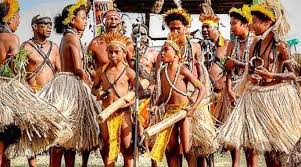
Social Structure, Art, and Dance
Community Organization
Great Andamanese and Jarawas traditionally make decisions by group consensus. There is no hierarchical government; instead, elders or those with special spiritual abilities (known as ‘dreamers’ or oko-pai-ad) have a respected voice.
Language: A Portal to the Past
Each tribe’s language is unique and ancient, with roots going back thousands of years. The government has initiated efforts to preserve these endangered tongues, which offer insights into humanity’s oldest cultures.
Dance, Music, and Festivities
· Ossuary Feast (Nicobarese): The most important traditional festival, where families honor ancestors with music, dance, and a unique circle-formation folk dance performed on moonlit nights. Dancers wear coconut and plantain leaves—nature woven literally into the tradition.
· Ceremonial dances, ritual body painting, and communal singing are central to festivals and transitions, reflecting deep-rooted artistic sensibility.
Handicrafts and Artistic Expression
Artisans craft functional and decorative items from bamboo, wood, shells, and natural fibers. Traditional bows, harpoons, mats, and even boats are handmade, maintaining ancient techniques passed down through generations
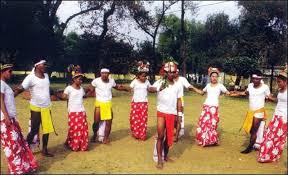
Daily Life: Food, Shelter, and Seasonal Rhythms
Hunter-Gatherer Wisdom
Many tribes continue ancient ways of living:
· Fishing, hunting, and gathering: Utilizing bows and harpoons for fishing and wild pigs, gathering tubers, fruits, and honey.
· No fire-making: Historically, some tribes like the Andamanese didn’t make fire—instead, they preserved embers from natural lightning, reflecting deep practical knowledge of the environment.
Housing Styles
Traditional homes are constructed from forest materials, designed for mobility (semi-nomadic tribes) or durability (Nicobarese, who build stilted thatch houses sturdy against storms).
Distinctive Clothing and Adornment
Clothing varies from hibiscus-fiber girdles (men) and leafy dresses (women in some tribes), with body painting and beadwork providing cultural identity markers. Special adornments are worn during festivals and dances.
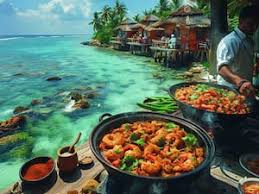
Unique Rituals, Customs, and Taboos
Life Cycle Ceremonies
Births, marriages, and deaths are marked by distinct rituals, often involving communal feasting, music, and sometimes symbolic acts like painting faces or exchanging handmade jewelry.
The Ossuary Feast & Pig Festival
Particularly among the Nicobarese, elaborate feasts for honoring the memory of ancestors involve music, dancing, and the sharing of food in large, community-wide gatherings. Pig fights, canoe races, and group dances follow—a remarkable mix of reverence and celebration.
Food Taboos and Customs
Certain foods are consumed seasonally or ceremonially, and taboos around game, plants, or preparation are strictly observed, with mythological roots in tribal stories4.
Preserving Tradition in a Changing World
While outside influence and modernization pose threats to these unique cultural practices, strong taboos against external contact (such as with the Sentinelese and Jarawa) help safeguard traditions. Efforts to record languages and provide respectful engagement (never exploitation) are key to preserving this intangible heritage for generations to come.
Cultural Festivals: Glimpses for Visitors
While most tribal ceremonies are strictly private, broader cultural festivals like the Island Tourism Festival and local handicraft fairs offer respectful windows into Andaman traditions, with exhibitions, dances, and crafts on display for visitors (without exploiting indigenous privacy)
Conclusion
The unique traditions of Andaman’s tribes are not merely relics of the past—they’re dynamic, living practices that continue to shape the identity of these islands. From sacred dances beneath a full moon to ingenious crafts, and rituals that weave people inseparably with nature, the Andaman tribes remind us of humanity’s ancient roots and the enduring value of cultural diversity.
Let Fascinating Andaman Tours & Travels guide your journey—not into tribal zones, but into respectful appreciation of their legacy, ensuring support for preservation, and celebrating the awe-inspiring traditions of India’s island gems.
Search
Categories
Recent Posts
